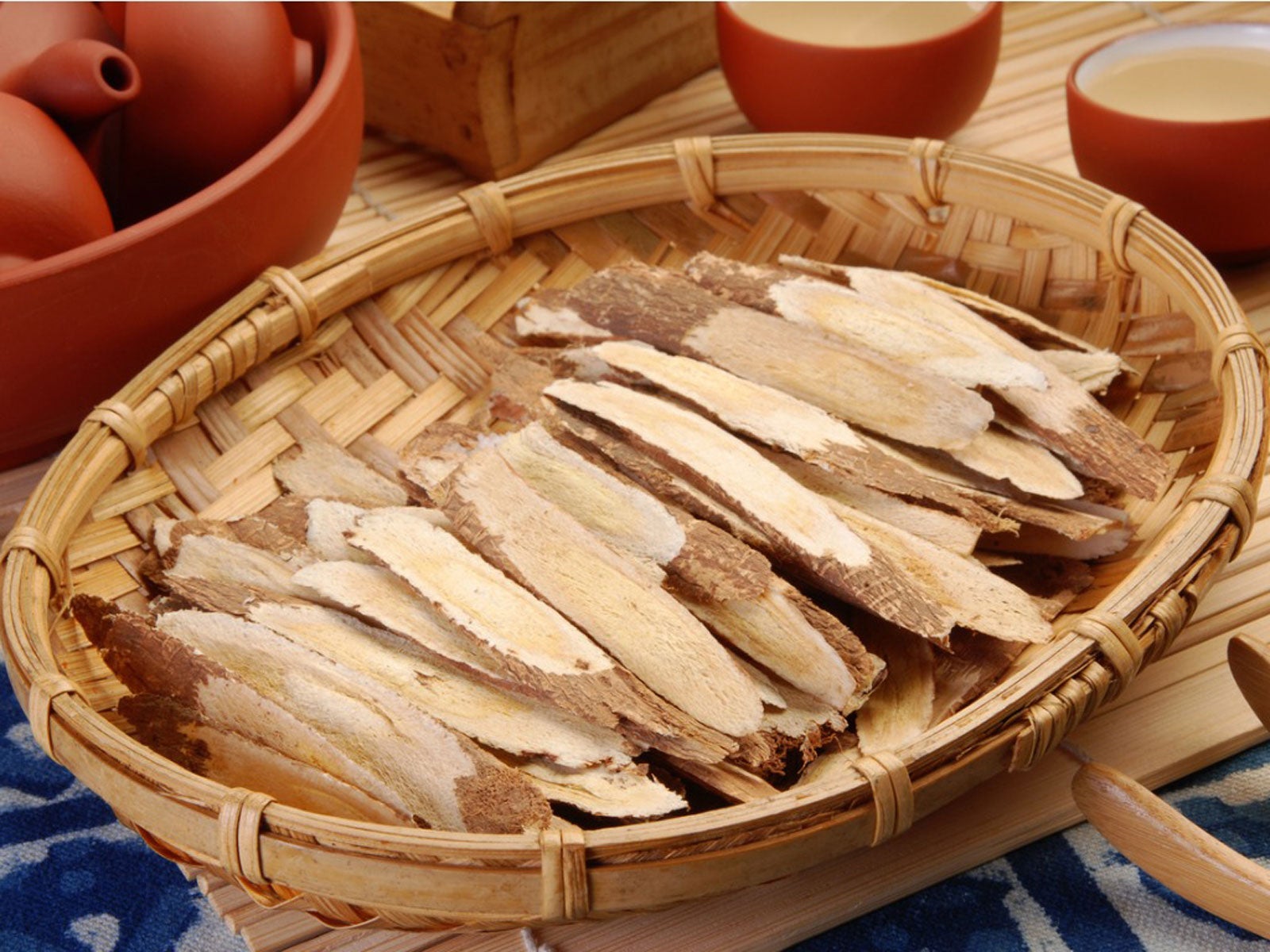Astragalus Root Use: How To Grow Astragalus Herb Plants


Astragalus root has been used in traditional Chinese medicine for centuries. While this herbal remedy is considered safe, there haven't been sufficient studies to prove Astragalus benefits to those who take it. With over 2,000 species of Astragalus, it's also important to note that some of these species are toxic. If you plan on growing Astragalus, be sure to acquire seeds or plants from a reputable source.
Astragalus Benefits
Also called Huang Qi, Bei Qi, Ogi, Hwanggi, and milk vetch, Astragalus root has been used for a number of illnesses including:
- Anorexia
- Blood sugar control
- Cancer therapy
- Diarrhea
- Fatigue
- Fibromyalgia
- Heart Disease
- Hepatitis
- Upper respiratory infections
Also believed to stimulate the immune system, improve kidney function, and prevent senility Astragalus root is one of the 50 fundamental Chinese herbs. Clearly more studies are needed to prove the usefulness of this herb in Western medicine.
NOTE: Before using Astragalus herb plants or commercially prepared Astragalus supplements, it's advisable to consult healthcare providers.
How to Grow Astragalus
Growing Astragalus from seed is more difficult than other herbs. The seeds require a minimum three week cold stratification period. To further aid germination, soak the seeds in water or scarify the seed coat with fine grade sandpaper before sowing. Seeds can take as long as nine weeks to sprout.
Astragalus herb plants can be directly seeded in the garden, but the general recommendation is to give them a head start by sowing indoors during late winter. Transplant seedlings as soon as the danger of frost has passed. Astragalus forms a taproot and older plants don't transplant well.
Here is more info on growing Astragalus conditions:
Gardening tips, videos, info and more delivered right to your inbox!
Sign up for the Gardening Know How newsletter today and receive a free copy of our e-book "How to Grow Delicious Tomatoes".
- Location – Full sun to partial shade
- Soil – Well-drained sandy loam, neutral to alkaline pH
- Moisture preference – Dry
- USDA hardiness – Zones 5-9
- Plant height – 4 feet (1 m.)
- Plant spacing – 12 to15 inches (30.5-38 cm.)
- Flower period – June to August
- Flower color – Yellow-white
- Lifespan – Perennial
Harvesting Astragalus Root
The roots are the medicinal part of Astragalus herb plants. While it can take anywhere from two to four years for the taproot to grow to a usable size, roots of any age can be harvested. Older roots are considered more potent.
Harvest Astragalus in the fall by first removing the foliage and stems. The Astragalus herb plants have no medicinal value and can be composted or discarded. Next, carefully dig around the base of the stem to expose the taproot. Continue digging and twisting until the majority of the root can be extracted from the ground.

Laura Miller has been gardening all her life. Holding a degree in Biology, Nutrition, and Agriculture, Laura's area of expertise is vegetables, herbs, and all things edible. She lives in Ohio.
-
 Moody Blooms For Spring: 8 Types Of Black Flowers To Add Drama To Spring Displays
Moody Blooms For Spring: 8 Types Of Black Flowers To Add Drama To Spring DisplaysFrom midnight burgundies to inky violets, several types of black flowers can enrich and embolden a spring display. Try these brooding bloomers for a moody garden
By Tonya Barnett
-
 Can Snake Plants Live Outside? Everything You Need To Know For Snake Plants Al Fresco
Can Snake Plants Live Outside? Everything You Need To Know For Snake Plants Al FrescoSnake plants can live outside given the right conditions, but be careful that they don't take over! Learn the best way to use snake plants in your landscape.
By Mary Ellen Ellis